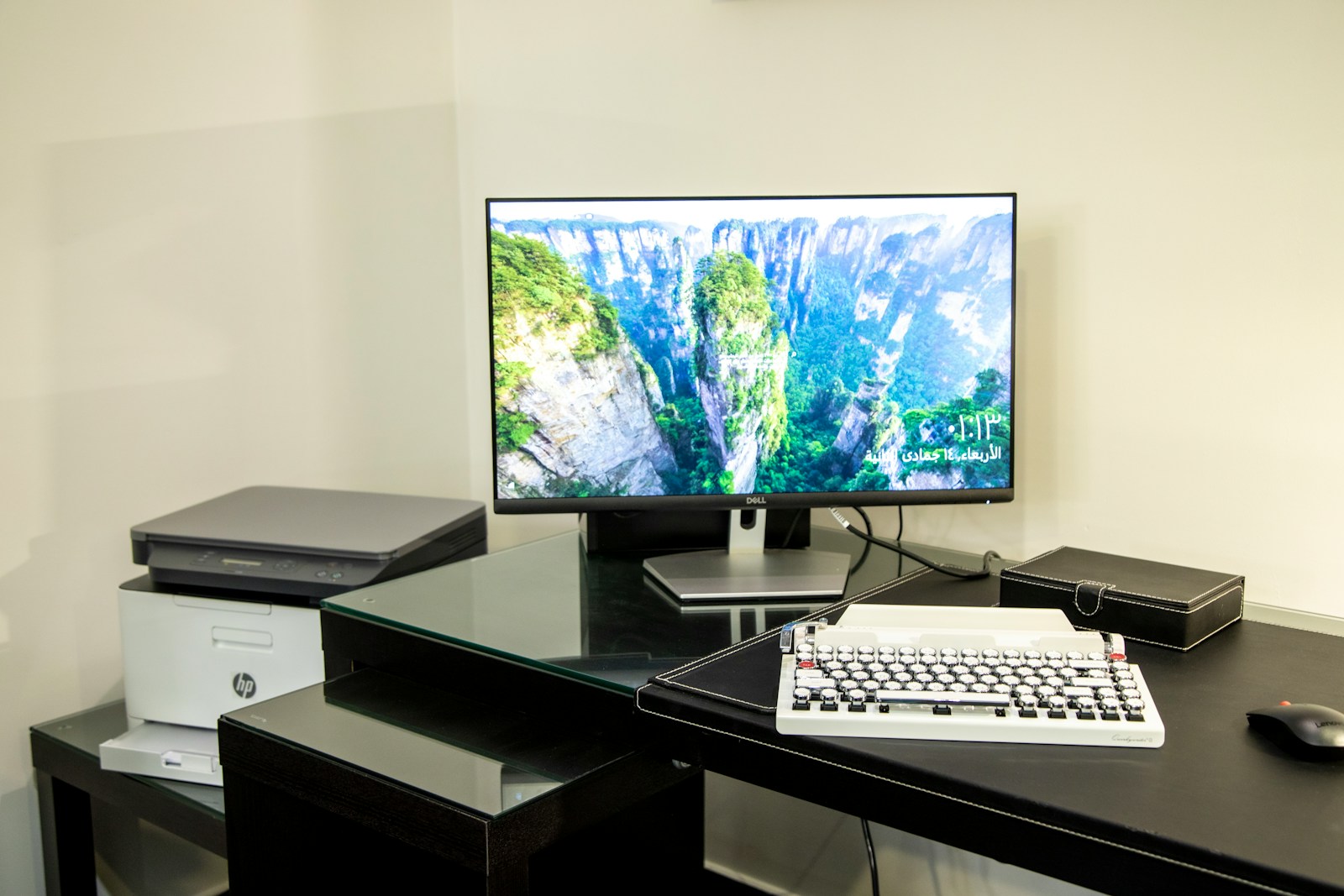I’ve always wanted to invent something but have been apprehensive since I know nothing about the process. So, I reached out to Inventor Dennis Fountaine to get the answers.
Dennis Fountaine is an accomplished Inventor and Technologist. Over the month of April, we discussed inventing and the successful process he’s developed via multiple Zoom Calls.
In his 20+ years of inventing new products, he has developed four main golden rules and always follows them:
- RESEARCH: Always do your homework/research on your invention’s market potential, competition, and market timing – is the market ready for your product?
- TIMING: Many new inventions are created at the wrong time for the market. Fountaine says that he has seen so many incredible inventions (even some of his own) be so far ahead of their time and therefore never be successful simply because of bad timing. Fountaine suggests that sometimes you just have to back burner your invention until the market is ready for it.
- LICENSE: Fountaine highly recommends licensing or selling your Intellectual Properties; Patents, copyrights, trademarks (IP), instead of trying to do it all yourself. Creating an idea for a new product is one thing – but manufacturing, fulfillment, shipping, marketing, sales, and customer service are an entirely different animal. That’s all a lot of work, stress, and financial commitment. Dennis Fountaine admits that he can sometimes leave a lot of money on the table when you license or sell your invention’s IP, but it’s well worth the tradeoff when your biggest stress becomes going to your bank to deposit your Royalty Checks. Fountaine highly recommends you let someone else more experienced do all the heavy lifting.
- ATTACHMENT: Fountaine is adamant about not getting emotionally attached to any of your ideas or inventions nor being greedy in regards to what you try to negotiate for your Licensing Agreements/Royalties. Dennis Fountaine emphasizes that you will always have other, sometimes even better invention ideas – so don’t hold onto any one of your concepts – if a company wants to license one of your inventions – thank your lucky stars and go for it. On average, Fountaine creates many invention concepts on a weekly basis, but may see only one invention concept of his become successful that year. Therefore, Fountaine recommends that it’s better to conceptualize twenty new inventions a year, be fortunate enough to license three or four of those twenty and make a royalty of $10/unit for each invention ($30-$40) per month than hold out to try and license just one invention for $40/month.
Dennis Fountaine’s four invention golden rules suggestions above will save you a lot of time and needless stress and headaches.
I then asked Fountaine about the actual process of inventing, which he stated he has developed a formula for over the years.
Fountaine told me that many new inventors become overwhelmed by the process of taking their invention from an idea in their heads through the research, prototyping, patenting, and licensing stages.
Yup! That’s definitely me!
He continued to tell me that obviously it can be overwhelming and a bit scary if you’ve never invented anything before.
Through my multiple conversations with Fountaine, he helped take away my fear and uncertainty and gave me these helpful inventing tips:
1.First and foremost – do your homework!
- Make sure no one else (great minds think alike) has already created your idea before you.
- Are there competitors with similar products?
- Are there patents files by others that would interfere with your invention (best to hire a Patent Attorney to assist you with this) you can find a lot through a Google Search or at: https://ppubs.uspto.gov/pubwebapp/static/pages/landing.html & https://www.uspto.gov
- If you do find something similar or a competitor – DO NOT FRET – think about whether there are ways to alter or add to your invention that would make it different and unique – above and beyond what else is out there.
- If you don’t find any competitors, then go onto #2 below – if you do find similar inventions and can’t think of a way to add to or alter your invention to make it stand out from the crowd – don’t worry – if you’ve thought of this one idea and others have already created it – then that means you’re already a success and will continue to think of new ideas – some of which no one has ever thought of before.
- Keep conceptualizing and inventing!
2.Further Research
After determining that your invention is worth pursuing, further research your potential market or market verticals. Research the companies that could be good potential licensees of your invention, and write a short list of these potentials. Investigate these companies, cold call them, find out who reviews outside inventions, connect with them on LinkedIn, and become friendly with the receptionist or Executive Assistants (EA). Find out which companies would have a sincere interest in your product. Develop an Action Plan and strategy.
3.MVP
Once you determine your strategy and action plan, start researching the best way to build a demonstratable prototype – also called a Minimum Viable Product (MVP) version of your invention. Research whether you can build it on your own or whether you need to contract with a product development, engineering, or software company. You can find plenty of these types of companies through a Google search or on Fiver or Upwork. Outside contractors can be expensive but well worth the financial investment. Your invention prototype should work flawlessly and look as professional as possible, but if it’s a bunch of wires and duct tape, that’s okay too, as long as it demonstrates perfectly how your invention works.
4.Product Assets
If your invention prototype is complicated and you can’t build it on your own and don’t have the funding to build one, consider creating a video (animated or live-action) and/or a PowerPoint presentation. These assets should also be created even after you have a prototype built. A good presentation should contain a live demonstration of your product and written or visual materials – more on this later.
At this point, Dennis Fountaine had given me so much to think about and process, and I needed some time to decompress, so I decided that Part 2 (Coming next month) of my interview and discussions with him would be necessary.
So, next month, there will be more about the invention process with the inventor, Dennis Fountaine.






